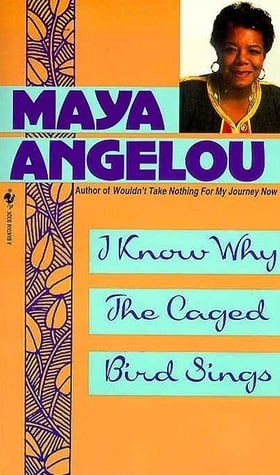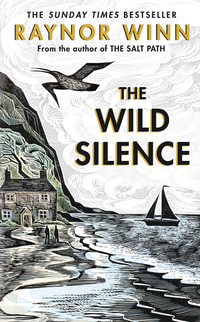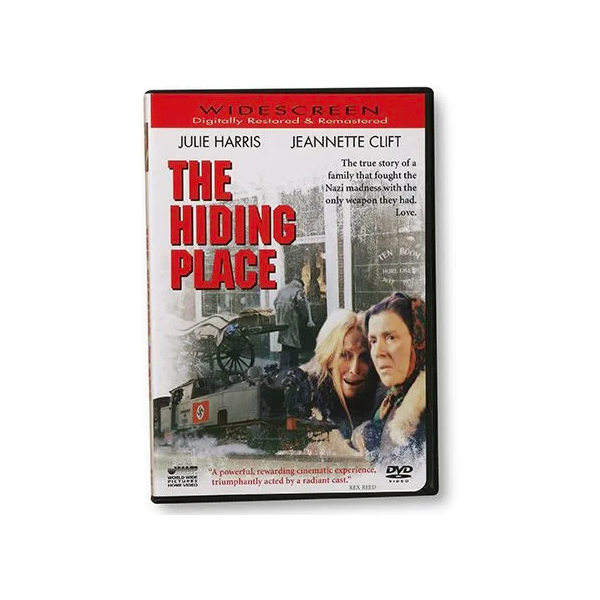Discover Pandipedia
Pandipedia is the world's first encyclopaedia of machine generated content approved by humans. You can contribute by simply searching and clicking/tapping on "Add To Pandipedia" in the answer you like. Learn More
Expand the world's knowledge as you search and help others. Go you!
Let's look at alternatives:
- Modify the query.
- Start a new thread.
- Remove sources (if manually added).
- Request a manual search from our human research team.

Long Walk to Freedom
The autobiography of Nelson Mandela recounts his journey from childhood through his fight against apartheid to his presidency, offering powerful insights into resilience and forgiveness[1][8].
I Know Why the Caged Bird Sings
Maya Angelou's first autobiography details her struggles with racism and trauma, but also highlights her strength and the power of literature, making it a profound read for motivation[1][3][11].
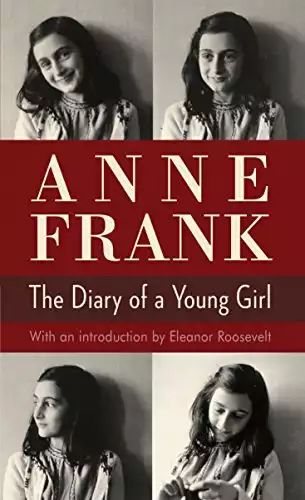
The Diary of a Young Girl
Anne Frank's poignant diary entries during her time in hiding showcase her hope and courage amidst adversity, serving as a timeless reminder of the human spirit[2][4][10].

Born a Crime
Trevor Noah's memoir expresses his unique experiences growing up in apartheid South Africa, blending humor with serious themes of identity and resilience[3][10].
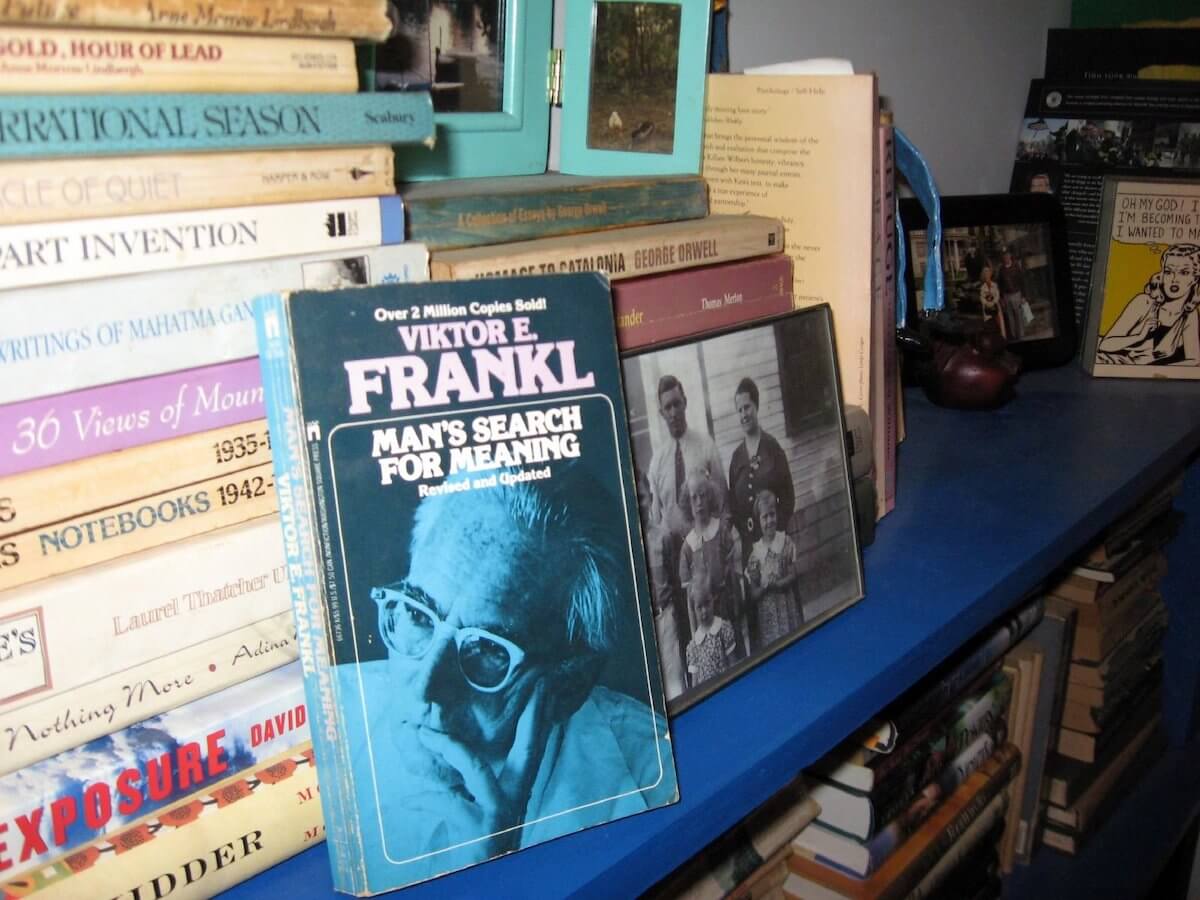
Man’s Search for Meaning
Viktor Frankl’s narrative from the Holocaust explores how one can find purpose and meaning despite suffering, leaving a lasting impact on readers[4][10].

The Autobiography of Benjamin Franklin
Franklin's reflections on his life, including his pursuit of self-improvement, embody the spirit of perseverance and the American dream[2][8].
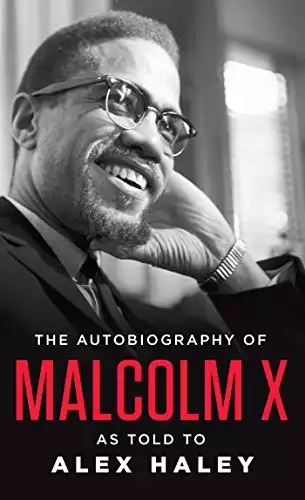
The Autobiography of Malcolm X
This powerful account reveals Malcolm X's transformation and insights into race and identity, motivating readers to challenge societal norms[2][11].

The Glass Castle
Jeannette Walls shares her unconventional and often tumultuous childhood, highlighting resilience through adversity[3][4].

The Story of My Life
Helen Keller's autobiography recounts her experiences overcoming disabilities, serving as an uplifting example of determination and triumph[4][8].
A Promised Land
Barack Obama’s memoir details his early political career and experiences in office, sharing lessons on leadership and hope for progress[10][11].
My Life in France
Julia Child offers delightful insights into her passion for cooking and her life in Paris, inspiring readers to pursue their culinary dreams[3][4].
The Year of Magical Thinking
Joan Didion’s memoir explores loss and grief with raw honesty, providing profound reflections on love and memory[2][4].

This Is Going to Hurt
Adam Kay's humorous and harrowing diary accounts of his experiences as an NHS doctor provide insight into the challenges of the medical profession while offering motivation through his tales of resilience[5][11].
The Hiding Place
Corrie ten Boom’s story of hiding Jews during the Holocaust is a powerful testament to faith and courage[6][10].
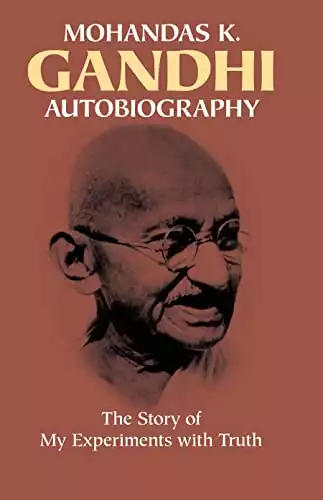
The Story of My Experiments with Truth
Mahatma Gandhi's autobiography reflects his philosophy of nonviolence and dedication to social justice, motivating readers through his ethical commitment[2][4].
Notes from a Small Island
Bill Bryson's humorous observations about life in Britain motivate readers to appreciate the little things in life while exploring their world[3][11].

Dreams from My Father
Barack Obama's reflective memoir about his identity and journey into politics is filled with lessons on perseverance and hope[2][6].
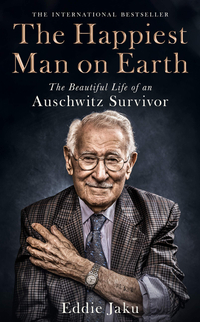
The Happiest Man on Earth
Eddie Jaku shares his life story as a Holocaust survivor, emphasizing themes of hope and gratitude despite enduring unimaginable hardship[4][11].
Let's look at alternatives:
- Modify the query.
- Start a new thread.
- Remove sources (if manually added).
- Request a manual search from our human research team.
Get more accurate answers with Super Search, upload files, personalised discovery feed, save searches and contribute to the PandiPedia.

Yes, your metabolism does slow down as you grow older, but not as significantly or as early as commonly believed. According to a study, metabolism peaks around age 1, when infants burn calories 50% faster than adults. After this peak, metabolism gradually declines by about 3% per year until reaching the 20s, where it levels off and remains stable until around age 60. Only then does it start to decline again, at a rate of less than 1% per year[4][6].
Factors like loss of muscle mass and decreased physical activity contribute to this decline, but research indicates that the changes in metabolism are more complex than simply aging. For instance, the study noted that metabolic rates are stable from ages 20 to 60, and lifestyle factors might play a more significant role in weight changes during midlife than a slowing metabolism itself[5][6].
Let's look at alternatives:
- Modify the query.
- Start a new thread.
- Remove sources (if manually added).
- Request a manual search from our human research team.

Creating a compost bin is a rewarding way to recycle kitchen scraps and yard waste into nutrient-rich compost that enriches your garden. Here's a detailed guide on how to build an effective compost bin, integrating various methods and tips from gardening resources.
Understanding Composting
Composting is nature's recycling process, transforming organic waste, such as food scraps and garden trimmings, into valuable soil amendments. The process involves the decomposition of materials through the activity of microorganisms, which thrive in a well-structured compost environment. Proper composting not only reduces waste but also enhances soil health, making it easier for plants to grow and reducing the need for chemical fertilizers[1][4][6].
Choosing Your Compost Bin Design

There are several designs for compost bins based on available space, materials, and personal preference. Two popular options are the traditional three-bin system and simpler single-bin designs. The three-bin system allows for effective turning and maturation of compost, with one bin used for active composting, one for materials in the process of breaking down, and one for finished compost ready for use[2][6].
Materials Needed

When building a compost bin, the following materials are often recommended:
Wooden Pallets: A very common and cost-effective choice, wooden pallets can be assembled into a square frame, making a sturdy and breathable bin structure[5][7].
Untreated Lumber: Using untreated wood eliminates the risk of harmful chemicals leaching into your compost. Cedar and redwood are ideal due to their natural durability[4][6].
Wire Mesh: Hardware cloth or chicken wire can be used to provide airflow while keeping out pests[5].
Hinges and Latches: If you are creating a door, hinges will allow easy access while a latch keeps unwanted critters out[2][7].
Screws/Nails: Essential for securing the structure together[2][6].
Step-by-Step Construction
Select a Suitable Location: Choose a well-drained site that is convenient for adding materials and close to your garden. A location with partial sun helps with decomposition while avoiding excessive dryness[3][4].
Prepare the Base: Clear and level the ground where you plan to build the compost bin. It’s best to place your compost bin directly on the soil to allow beneficial organisms access to the compost[1][5].
Build the Frame:
- If using wooden pallets, join four pallets at the corners to create a box shape. Secure the top edges together using screws or plastic ties[5][7].
- If constructing from lumber, cut the planks to the desired height and assemble a square or rectangular frame. Secure the corners tightly with screws[2][6].
Add a Front Access Point: If you want to access your compost easily, consider creating a hinged door. This can be done by cutting one of the pallets or planks in half and attaching it to the frame with hinges[4][7].
Line with Wire Mesh (optional): To keep pests out, you can line the interior structure with hardware cloth, making sure it’s tight to prevent any gaps[6][7].
Ensure Proper Airflow: Your compost needs to breathe to facilitate decomposition. Design the bin to be open on at least one side or ensure that there are gaps between the materials — approximately one-inch-wide holes can be drilled into the sides of a wood bin[6][7].
Start Composting: Begin by adding layers of 'green' materials (nitrogen-rich, like food scraps and fresh grass clippings) and 'brown' materials (carbon-rich, like dry leaves and cardboard). Aim for a ratio of about 60% brown to 40% green to optimize decomposition. Proper moisture levels are also critical; the compost should feel like a wrung-out sponge—moist but not soggy[1][6].
Maintenance Tips
To ensure your compost bin remains effective:
Turn the Pile: Regularly turning your compost helps aerate it and speeds up the decomposition process, ideally every few weeks. This prevents the compost from becoming compacted and ensures even breakdown of materials[3][4][6].
Monitor Moisture: Keep the pile moist, especially during dry weather. If it becomes too dry, you can lightly water it or add moist materials[2].
Watch for Issues: If your compost smells bad or attracts pests, it could be too wet or contain inappropriate materials. Adjusting the balance of greens and browns, or increasing aeration, can often resolve these issues[4][6].
Conclusion
Creating a compost bin can be a simple and fulfilling DIY project. By selecting the right materials and following these construction and maintenance steps, you can turn your organic waste into a valuable resource for your garden, contributing to a sustainable cycle of growth and nourishment. Whether you choose a simple bin or a more complex system, the benefits of composting will be well worth the effort.
Let's look at alternatives:
- Modify the query.
- Start a new thread.
- Remove sources (if manually added).
- Request a manual search from our human research team.
Let's look at alternatives:
- Modify the query.
- Start a new thread.
- Remove sources (if manually added).
- Request a manual search from our human research team.

Journalists select topics based on several factors, including audience relevance and current events. They evaluate the story's significance, asking whether it informs, educates, inspires, or entertains the audience, and consider how many people are affected by the issue at hand[2].
Additionally, insights often come from everyday conversations and social media platforms, where journalists can identify what resonates with the public. They pay attention to trends in online discussions, such as those found on Reddit, to find hot topics that can generate interest[3][2]. Ultimately, they balance the need for timely reporting with audience engagement to determine which stories to pursue[4].
Let's look at alternatives:
- Modify the query.
- Start a new thread.
- Remove sources (if manually added).
- Request a manual search from our human research team.
Get more accurate answers with Super Search, upload files, personalised discovery feed, save searches and contribute to the PandiPedia.
The AT Protocol, also known as the Authenticated Transfer Protocol or ATProto, is a decentralized protocol designed for large-scale social web applications, addressing issues related to interoperability, discoverability, scalability, and data portability within decentralized social networks. It was initially developed as the Authenticated Data Experiment (ADX) within Twitter and seeks to facilitate more efficient communication among different social networking services by employing a federated architecture rather than relying on monolithic servers[1][5].
Users within the AT Protocol have permanent decentralized identifiers (DIDs) and configurable domain names that serve as human-readable handles. Their data is stored in signed data repositories, which include various types of records such as posts and comments[2][6]. The protocol comprises three core components: Personal Data Servers (PDS), which host user data; Relays, which act as indexing mechanisms by collecting and forwarding updates; and App Views, which serve as end-user platforms interfacing with the network[6][5].
The AT Protocol uses a schema-based framework called Lexicon to standardize interactions between different services, allowing for greater flexibility and interoperation, similar to how web servers communicate through established protocols[4][5]. Additionally, it emphasizes account portability, allowing users to migrate their accounts between providers without losing their data or social connections[4].
Let's look at alternatives:
- Modify the query.
- Start a new thread.
- Remove sources (if manually added).
- Request a manual search from our human research team.
Pointer Networks introduce a novel neural architecture to effectively learn the conditional probabilities of output sequences from variable-length input sequences. This architecture aims to address specific challenges present in combinatorial optimization problems such as the Traveling Salesman Problem (TSP) and geometric problems like finding convex hulls and Delaunay triangulations.
The Architecture of Pointer Networks
![None title: 'Figure 1: (a) Sequence-to-Sequence - An RNN (blue) processes the input sequence to create a code vector that is used to generate the output sequence (purple) using the probability chain rule and another RNN. The output dimensionality is fixed by the dimensionality of the problem and it is the same during training and inference [1]. (b) Ptr-Net - An encoding RNN converts the input sequence to a code (blue) that is fed to the generating network (purple). At each step, the generating network produces a vector that modulates a content-based attention mechanism over inputs ([5, 2]). The output of the attention mechanism is a softmax distribution with dictionary size equal to the length of the input.'](https://askpandipro.s3.amazonaws.com/users/48/documents/176/figures/0.png?AWSAccessKeyId=AKIAQT4QH3CHNPX5WHX7&Signature=1UKn2ZJHVJCeogxVGWXswqvMjgM%3D&Expires=1751505982)
Pointer Networks solve the problem of variable-sized output dictionaries by utilizing a mechanism of neural attention. In traditional sequence-to-sequence models, the length of the output must be fixed, which constrains how these models can be applied to problems where the output size can vary. Pointer Networks diverge from this norm by incorporating a unique approach where, at each decoding step, they use a mechanism to highlight or point to the relevant parts of the input sequence.
As stated in the paper, 'it uses attention as a pointer to select a member of the input sequence as the output'[1]. This method enables the model to generate sequences where the outputs correspond directly to specific inputs, thus allowing for a more dynamic handling of combinatorial problems.
Applications in Combinatorial Problems

The capabilities of Pointer Networks extend to various combinatorial problems. The authors demonstrate their effectiveness on three primary tasks:
Convex Hull Problem: The convex hull of a set of points is a common geometric problem. The Pointer Network can learn to predict the sequence of points that form the convex boundary, achieving high accuracy.
Delaunay Triangulation: This algorithm finds a triangulation of a set of points such that no point is inside the circumcircle of any triangle. Pointer Networks were shown to approximate solutions effectively, outperforming traditional methods in several instances.
Traveling Salesman Problem (TSP): The TSP seeks to find the shortest possible route visiting a set of cities and returning to the original city. The model learns to produce efficient tour paths based on training data.
The authors highlight, 'we show that our Ptr-Net can be trained to output satisfactory solutions to these problems'[1]. This reflects the architecture’s versatility and potential for practical application in solving complex problems.
Results and Performance

In their experiments, the researchers compared Pointer Networks against standard models like LSTMs with attention. For instance, on the convex hull problem, results indicated that Pointer Networks exhibited significantly better accuracy and were able to handle variable input sizes effectively.
In detail, the paper notes that “the Pointer Net model generalizes to variable size output dictionaries” and demonstrates a competitive model scale, managing to outperform traditional sequence models considerably[1]. The model was evaluated through various metrics, including accuracy and area coverage, with extensive training yielding improvement in prediction outcomes.
Conclusion and Future Work
Pointer Networks represent a significant advancement in machine learning, particularly for problems previously limited by rigid output constraints. By leveraging attention mechanisms, the model not only increases performance on combinatorial optimization tasks but also provides a framework adaptable to a broader range of problems.
The authors suggest future efforts could explore the applicability of Pointer Networks to additional problems, such as sorting. They express enthusiasm about the model's potential to solve other combinatorial optimization challenges, indicating a vast landscape for future research[1].
Overall, Pointer Networks demonstrate a promising development in neural architecture, pushing the boundaries of what conventional sequence models can achieve and setting the stage for innovative solutions in computational geometry and other fields.
Let's look at alternatives:
- Modify the query.
- Start a new thread.
- Remove sources (if manually added).
- Request a manual search from our human research team.

Yes, politics do play a significant role in stress. In the context of the 2020 U.S. presidential election, an August 2020 study indicated that 68 percent of American adults considered the upcoming election a significant source of stress, marking an increase from the 2016 election. Furthermore, exposure to political news has been associated with reduced psychological well-being, suggesting that engagement with political content, especially on social media, can negatively impact emotional states, such as contributing to feelings of anxiety and depression[1].
Let's look at alternatives:
- Modify the query.
- Start a new thread.
- Remove sources (if manually added).
- Request a manual search from our human research team.

Indoor gardening offers numerous benefits for mental and physical health. It can improve air quality by removing toxins like formaldehyde and benzene, which are commonly found indoors, creating a healthier environment for occupants[2]. Additionally, plants can enhance psychological well-being by reducing stress and anxiety levels, as they provide a calming effect and increase feelings of comfort and happiness[3][4].
Moreover, engaging in indoor gardening fosters mindfulness and focus, which can enhance productivity in work or study environments[2][4]. The presence of plants has also been linked to improved life satisfaction and even faster recovery from illnesses[3][4]. Overall, indoor gardening is a rewarding practice that enriches both living spaces and personal well-being[5][6].
Let's look at alternatives:
- Modify the query.
- Start a new thread.
- Remove sources (if manually added).
- Request a manual search from our human research team.


